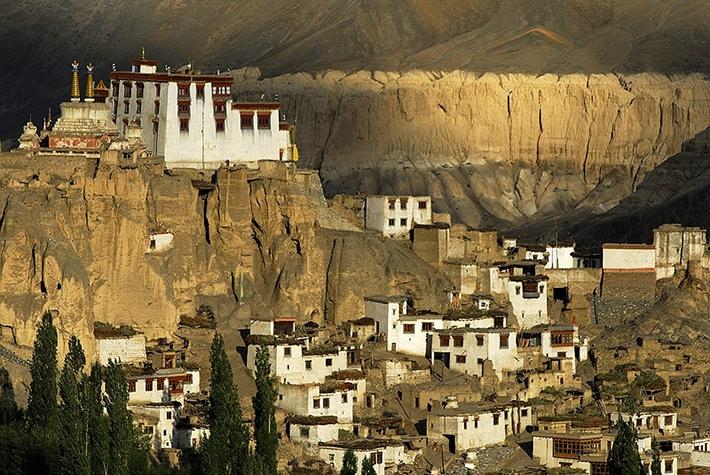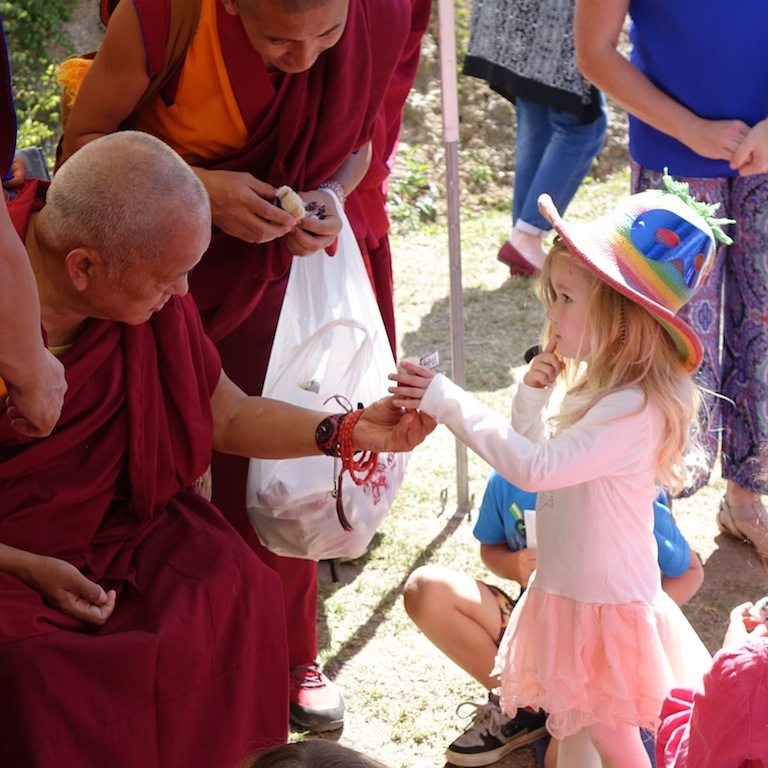
The Wonders of Kham and Larung Gar, Part Two
Last spring, Victoria traveled overland from Chengdu to Larung Gar Buddhist Institutue in the traditional Tibetan region of Kham. Part One* of her account describes

Last spring, Victoria traveled overland from Chengdu to Larung Gar Buddhist Institutue in the traditional Tibetan region of Kham. Part One* of her account describes

At 7 p.m., Lotos the 11-year-old mini-monk dashes up the stairs, his red robes billowing out behind him. He makes his way onto the monastery

In recent years, the Buddhist practice of life release, or in Chinese, fangsheng (放生), has become a highly contentious topic, pitting life release advocates against environmentalists, animal

This article forms part of the “Buddhist Voices from the Land of Rivers” series, which is based on visits by the authors to Buddhist sites

Mumbai, the country’s largest city and its commercial capital, is a captivating contradiction—at once the epitome of urban beauty in modern India, yet home to

The dancing mind is another mind. In Vajrayana Buddhist Cham, dance is yoga, the dancing mind the whole point—the center of the experience. Monk-dancers are

In Japanese temples or along the sides of roads, small stone statues of the Buddhist deity Jizo are a common sight. According to Japanese Buddhist

Traveling to the town of Larung Gar in the traditional Tibetan region of Kham was for me a mini-pilgrimage in itself. Larung Gar Buddhist Institute,

Undertaking a pilgrimage is much like gazing into a mirror to get a clearer view of oneself . . . Last year, Hong Kong’s Buddhist

Since the 14th century, merchants have plied the waters between the ports of Singapore and Calcutta (now Kolkata) in India. In 1818, Sir Thomas Stamford

There is a problem communicating the relevance and essence of Buddhism to young people, a conclusion that can be inferred from a summary of the

Devout Patrons of Buddhist Art, on view at The National Museum of Korea in Seoul from 23 May to 2 August, is a special exhibition